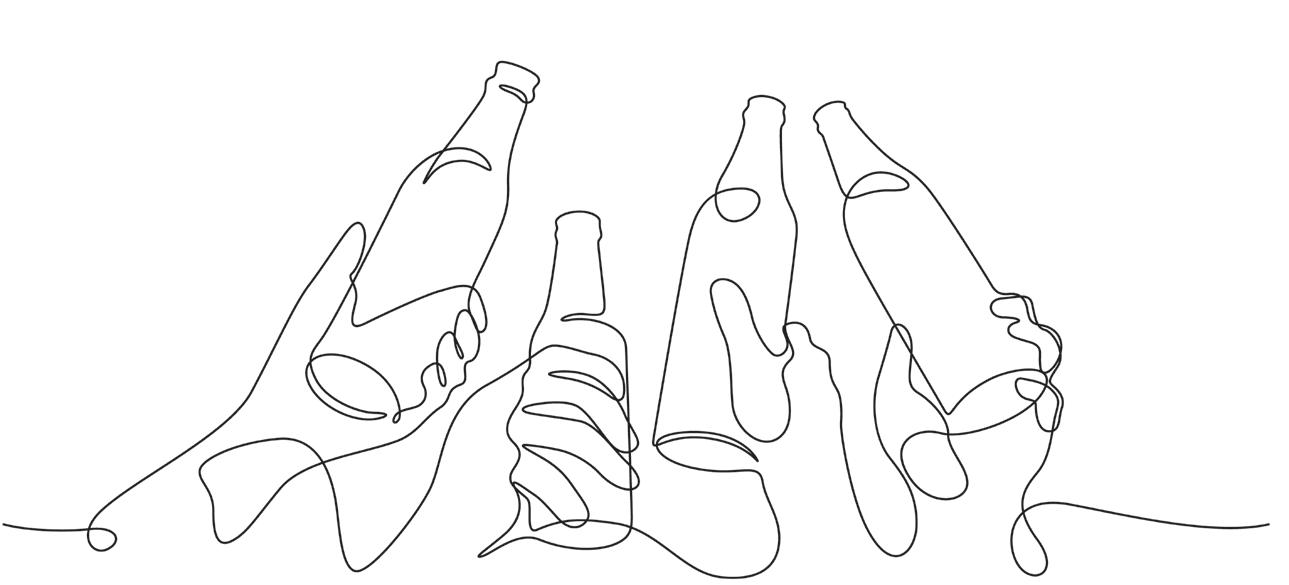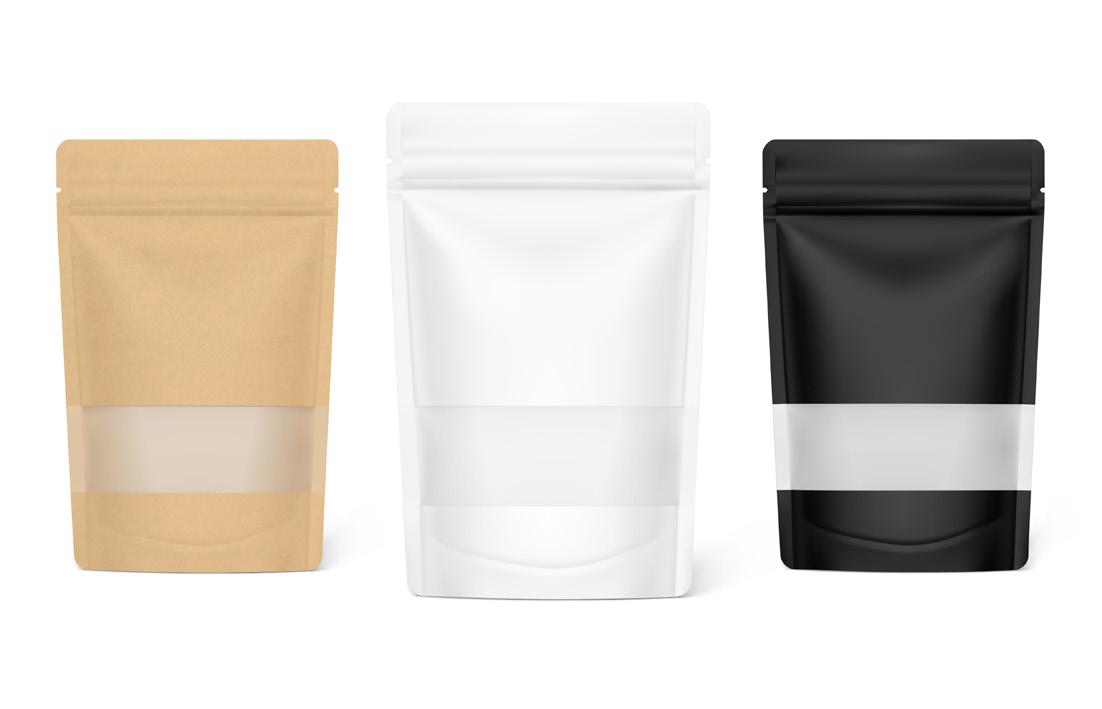
2 minute read
The Evolution of Food Packaging: Embracing Sustainability and Innovation
As a result, the latest food packaging trends and innovations are focused on creating more environmentally friendly solutions while maintaining the quality and safety of the products they encase. In this article, we will explore some of the most prominent trends in food packaging, including recyclable materials, eco-friendly bottles and pouches, and advancements in waste disposal.
1.
One of the most noteworthy developments in food packaging is the shift towards recyclable and biodegradable materials. Traditional plastic packaging has long been a major contributor to environmental pollution, with vast amounts of plastic waste ending up in landfills and oceans. As a response to this ecological crisis, companies are now opting for eco-friendly alternatives.
a) Biodegradable Plastics: Innovations in biodegradable plastics have emerged as a promising solution. These plastics are derived from renewable resources like cornstarch or sugarcane, and they break down naturally over time, significantly reducing their impact on the environment.
b) Compostable Packaging: Compostable materials are gaining popularity as they can be broken down into natural components through composting processes. These materials offer an excellent alternative for single-use food containers and utensils.
c) Paper and Cardboard Packaging: Traditional paper and cardboard materials are making a comeback due to their recyclability and biodegradability. Advanced techniques in manufacturing and design are enhancing their durability, making them suitable for a wide range of food products.
Beyond sustainable materials, the food packaging industry is also witnessing advancements in eco-friendly bottle and pouch designs. These innovations aim to reduce waste and promote reusability.
a) Refillable Bottles: Many beverage companies are introducing refillable bottle programs, encouraging consumers to return empty containers to designated collection points. These bottles undergo thorough sanitation processes and are refilled, reducing the need for single-use packaging.
b) Flexible Pouches: Lightweight and space-efficient, flexible pouches are becoming increasingly popular for various food products. As they use fewer resources during production and take up less space in transportation, these pouches contribute to lower carbon emissions.

c) Edible Packaging: A revolutionary concept gaining traction is edible packaging. Made from materials such as seaweed, rice, or potato starch, these packages can be safely consumed along with the food they encase, minimizing waste and promoting sustainability.
3. Advancements in Waste Disposal
Food packaging waste management has become a critical concern, prompting the development of innovative waste disposal techniques.
a) Recycling Infrastructure Improvements: Governments and industries are investing in improving recycling infrastructure, making it easier for consumers to recycle their food packaging. Initiatives like collection drives, curbside recycling, and recycling awareness campaigns are becoming more common.
b) Biological Waste Treatment: Some companies are exploring biological waste treatment methods, which involve using microorganisms to break down packaging materials efficiently. This can lead to reduced waste in landfills and a more sustainable waste disposal process.
c) Energy Recovery: In certain cases, non-recyclable food packaging waste can be converted into energy through processes like incineration. Although controversial, energy recovery can help offset the carbon footprint of packaging waste.
The food packaging industry is undergoing a transformative journey, with sustainability and innovation at the forefront. Manufacturers and consumers alike are recognizing the importance of reducing the environmental impact of packaging waste. As individuals, businesses, and governments continue to prioritise sustainability, we move closer to a world where food packaging no longer poses a threat to the environment but rather becomes an integral part of the solution.











